Session ace Geoff Holroyde: "Sometimes with a terrible drum kit you can play into that sound and make something of it"
From recording with S Club 7 to Feeder, we meet one of the most prolific British session drummers you’ve never heard of
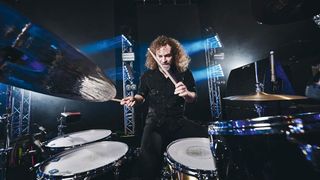
An unsung session hero
While you may not have seen Birmingham-born session drummer Geoff Holroyde plastered across social media, if you’ve listened to the radio at all since the late-90s it’s likely you’ve heard his playing.
You see, Geoff has spent much of the past 20 years in London’s biggest studios - well before the advent of Pro Tools - recording hits for pop giants including Natalie Imbruglia, S Club 7, Mick Hucknall, Atomic Kitten and Take That, notching up four Number Ones in the process. Before his session career took flight, Geoff learned his craft studying the nuances of Vinnie, Weckl and Gadd and honing his timing and chops in multiple bands.
A rocker at heart, around 2007 Geoff also formed rock band Big Linda, recording the hugely underrated, Zeppelin-inspired album I Loved You. While the band was short-lived, I Loved You is still one of Geoff’s proudest achievements as a drummer.
More recently, and in addition to sessions, Geoff has returned to rock, pulling up the stool behind a Gretsch USA Custom to tour with celebrated British rock band Feeder, the brainchild of prolific singer/guitarist Grant Nicholas and livewire bassist Taka Hirose. Geoff landed the gig following a call from old mate Karl Brazil who was vacating the throne to tour with Robbie Williams and James Blunt.
Alongside Karl, Feeder has always been associated with exceptional drummers, from Jimmy Chamberlin-inspired original drummer Jon Lee, who tragically passed away in 2002, to Skunk Anansie powerhouse Mark Richardson. Big shoes to fill indeed, but Geoff has made a career from his natural ability to channel multiple personalities behind the drum kit.
Considering Geoff’s decades of studio experience and the fact that he has sustained a successful drumming career without posting a single video on YouTube, we wanted to pick his brains about what it takes to play the long game in music.
Where did your musical journey begin?
“I had piano lessons from about the age of six. My dad was a good pianist and I was always tinkling around. I’m dyslexic so reading music was a real struggle for me, but I had good ears and I could pick things up. I used to play with my grandmother’s knitting needles on the floor to Louis Armstrong records. One day when I was about 10 or 11 a Level 42 gig came on the TV.
"I was completely knocked out by the drummer Phil Gould and the whole band. I loved jazz and funk through my parent’s record collection, stuff that had a good groove to it, then there was this guy who was throwing down this incredible pocket, the likes of which I’ve never heard since. He really is one of the greatest time players.
“There was the live album, A Physical Presence, which I bought a few years later. The chemistry that band had was right up there with Zeppelin and Cream. It wasn’t just about any one individual, it was about the way they threw it down together.”
Were you actively drumming at this point?
“I didn’t have drums, but I did a couple of paper rounds and saved up for this second-hand Premier that was in a shop in Birmingham called Yardley’s. It had concert toms, Phil Collins-style. Then I had to work out how to play the drums! I had nobody to tell me what to do and didn’t know any drummers, so it was literally a case of listening to records and trying to work out what the drummer was playing.
“Somebody gave me the first Steve Gadd video, Up Close. I remember being completely blown away by that - I could actually see a guy explaining what a ratamacue and paradiddle was. One day I went to Ray’s Jazz Shop in London. I was after something with Vinnie Colaiuta on.
"The guy in the shop pulled out John Patitucci’s first album. Weckl was on three or four tracks, Vinnie the same, and Erskine was on a couple. I went home, put that record on and I couldn’t believe what came out of the speakers.”
S Club 7 - Bring it all Back (1999)
“That was a really fun day. We did that at Westpoint Studios with Andy Wright and we recorded onto tape. It was such a different experience in the studio without Pro Tools. Now everybody’s staring at this screen with the line going across. That wasn’t there. When someone pressed play there was this time lag, the hiss came on and the tune would start. You’d end up looking at the desk, or the speakers or at each other. The tapes arrived and all the horns and vocals were on it already. I remember it sounding like ABC and Jackson 5 meets Birdland. We had fun with it and I knew it was going to be a big hit.”
Alicia’s Attic - Push It All Aside (2001)
“I did that with Mike Hedges at Abbey Road Studio 2. I remember the engineer coming out and screwing on the Coles overheads and saying, ‘I don’t want to put you off or anything, but they used to use these on Ringo.’ You end up spending the whole session playing and staring at the microphones! For its size that’s an amazing sounding room. It’s got such a beautiful, clear sound.”
Big Linda - I Loved You (2008)
“One of the best recording experiences has to be the Big Linda album. That was all live, no click track. We all went in the room together, switched the Pro Tools on and played. We didn’t edit it or anything. Sometimes I go back and listen and a big smile comes across my face. It was so much fun and it sounds like it.”
Mick Hucknall - That’s How Strong My Love Is (2012)
“When Mick [Hucknall] came through the headphones the first time that was a pinch-the-arm moment. I grew up with Simply Red and my parents loved them. On the last album he did, American Soul, the opening track is called That’s How Strong My Love Is. That came out well. It was just a groove really, but that was a nice session. That was done at Sphere Studios in Battersea.”
You must have developed quickly absorbing heavy players like that?
“I think I did everything in reverse. I got straight in with the heavy guys, without any lessons or knowledge of rudiments. I couldn’t do it back then, but I knew I could probably do it if I practised hard enough. Everything they were doing made sense to me musically. At the time I was thinking I would love to be able to play like that, so let’s have a go.
“Later on I got much more into rudiments. I’ve got this book by Alan Dawson, the Rudimental Ritual. It’s this incredible method that I try and do every day. It’s like yoga for drums. It’s all the rudiments put together in a musical form.”
At what point was the seed planted to play drums professionally?
“I had a gap year and I went to Australia to visit my family and spend some time in Sydney. I did an audition for this disco covers band. They played Chic and all that 70s stuff. I was really punching above my weight because all these local gigging regulars were queuing up, but I got it. I was playing about four nights a week in Sydney. That was a steep learning curve. The bass player, Jeff Rosenberg, taught me a lot about discipline on the time front. On the first gig I overplayed some of the fills and put crashes all over the place. At half time he said, ‘Dude what are you doing? You’ve got to play like the record, it’s for dancing to.’ That was a lesson learned right there.
“I got back from Australia and I went to university. I got the degree, then I got asked to be in this amazing funk band called Urubu in Brighton. We played every Friday and Saturday at the Casablanca. They’d been playing for years together, so as soon as I got the opportunity to play with them I jumped at it. I knew they would bring me up even further.
“My brother, who was a scratch DJ, moved down to Brighton and got a gig with this pop singer Lisa Moorish. I went to a gig and I was talking to the manager and said, ‘When are you going to get a band in? Can I audition?’ I sent a tape of Urubu and he hired the whole band! That gave me some connections into London. I eventually moved to London and joined a band called Golden. The guitar player was a guy called Mark Ralph who’s now one of the top producers in the country. The band had this little studio in Kilburn Lane. Next door was a place called Tickle Music Hire. Next to them was Alan Moulder and Flood’s studio. One day, I remember U2 turning up and going into Flood’s place.”
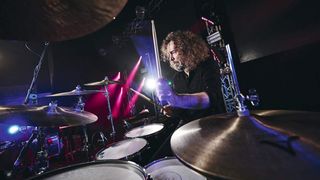
Fuelling Feeder
How did you secure your first professional session?
“I was practising there on my own one day and this head came round the door and it was a producer called Andy Wright, who’s famous for Simply Red, Annie Lennox, Dave Stewart. He said, ‘Are you available for sessions?’. He asked me if I could get down to Mayfair Studios because he was working with an actress called Natalie Imbruglia. I said, ‘What, off Neighbours?’ I played a track called ‘Leave Me Alone’, which ended up on her Left Of The Middle album. I think it sold about 10 million copies, although, unfortunately, I didn’t get a credit!”
Did you feel equipped for that first big session or did you have to work hard to elevate yourself as a recording drummer?
“The click track is the first thing that you’ve got to be able to do. I think because of all my time playing along to things like Level 42 and all that chart music back in the 80s, my sense of pulse was pretty good. I definitely had to work at it - I still do - but it didn’t seem like an alien thing.
“I remember being pretty scared as I walked in [to the studio]. All the assistants were walking around asking questions and I didn’t want them to find out it was my first session.
“[Recording professionally meant] the way I play changed a lot. When I was in the funk/fusion thing in Brighton I was thinking about people like Garibaldi and Omar Hakim. When I came to London and started doing sessions, it all turned into more of a Ringo setup. I sort of had to unlearn a lot of the stuff that I was working on in the more complicated music because it just wasn’t any use.”
How did you land the Feeder gig?
“Karl Brazil is a good friend of mine. He called me up. He basically said, ‘Do you want to take over and do Feeder, I’ve put you forward for it?’ I was absolutely blown away. I’m a big fan of the band and I’ve grown up with them. He goes, ‘They go out on tour in two weeks, rehearsals start next week, can you do it?’
“I had a phone call with Grant [Nicholas]. He sent me a list of 35 tunes, which they were going to do on the All Bright Electric tour. That was the end of 2016. I knew the hits, but then there was a ton of stuff that I’d never heard before and some off the new album, which has Karl on it. Grant said, ‘Karl says you’re good so we’re not gonna do any auditions.’ I remember when I walked into the rehearsal room Taka [Hirose] just stood at the back and he just said, ‘Karl’s bigged you up so he’d better be right, otherwise you’re in trouble, Karl’s in trouble and we’ve got no drummer for this tour!’ There was a bit of pressure on there.”
Feeder has always had great players behind the kit. Did you feel like you had big shoes to fill?
“Obviously, it’s Jon Lee on the early stuff. He was a beautiful player, fantastic right foot. Where he puts the kick and snare, he’s not your obvious rock drummer. He had this lovely bouncy thing going on. Then Mark Richardson comes in with his huge hammers and runaway train power. Then you’ve got Karl Brazil - super sweet, fantastic pocket and beautiful ideas. I had a massive job to do. “It’s an exercise in channeling, it’s not an exercise in copying. When they said to me, ‘Do your own thing with it’ I was very quick to realise there’s not much I could add.”
There’s quite a dynamic range across the Feeder catalogue - what are your favourites to play and do any songs present particular challenges?
“There’s a lot of diversity there. When we play Feeling A Moment the place always goes nuts. The same with Buck Rogers. That track is great fun to play, just because I’ve never seen so many people jumping up and down at once. I sometimes calibrate what I’m doing with the crowd. Maybe if it’s a bit fast, I can just pull it back a little bit to get that perfect pogo tempo.
There’s a lot of diversity there. When we play Feeling A Moment the place always goes nuts. The same with Buck Rogers
“I really love Universal Life, which is off the album All Bright Electric. The recording of that is completely unbelievable. When you have to try and recreate it you start to really appreciate just how difficult it is to play as well as how beautifully Karl plays and comes up with parts, like some of his attention to detail on little changes from one chorus to the next. He might just change something to give it a bit more of a lift.”
You play a very ‘rock’ setup with Feeder. How does it compare with the gear you use in the studio?
“It’s dictated by the track. I think I’ve got eight drum kits now. I’ve got a Yamaha Maple Custom, a beautiful C&C, which they made for Big Linda, a 1972 Premier, which is fantastic in the studio. It’s got the original Everplay coated bottom heads. That goes in the studio quite a lot when they want a smokey vintage sound. I’ve got loads of snare drums.
“Sometimes studios have really nice stuff already there. I don’t have a Ludwig, but there’s a place called State Of The Ark, a fantastic place over in Richmond. There’s an old ’65 Ludwig Super Classic in there. I never need to take a drum kit there. I do enjoy being thrown into an unknown situation, making something work with a kit already there. When you have a house kit in a venue, people complain that it’s terrible, but sometimes with a terrible drum kit you can play into that sound and make something of it.”
What tips can you offer to drummers wanting to step into the professional music world today?
“The main thing is to listen to as much music as you can. I think everybody plays based on what’s going into their ears at the time. When I was a kid I was listening to Level 42, Led Zeppelin, Cream, the pop music that was going on at the time.
“The music that kids are listening to isn’t like that at all. It’s a totally different animal. There are loads of incredible youngsters playing drums on YouTube. How the hell do they get to that point at such a young age? They do sound different to the way older generations play though and I think that’s to do with the soundtrack of our lives. Essentially, the rhythm that’s happening on the radio, on TV, when you’re in the shops, all that is shaping you as far as how you hear time and where you want to put your time down on the drums.
“As far as advice, I’d say check out some of the great players like Jeff Porcaro, John Bonham, Stewart Copeland, Peter Erskine, Chester Thompson, Steve Smith, Omar Hakim, Gary Husband, Steve Ferrone, Jonathan Moffett, Vinnie and Weckl, guys in New York like Nate Wood, Marcus Gilmore and Keith Carlock.
“Actually, there’s one guy I wanted to talk about because I really love him - it’s Nick Barker, the Cradle Of Filth guy. He’s gone on to play with a lot of the Scandinavian metal bands. He’s so fluid and he’s so fast and consistent. It’s all in the wrists and fingers with him. He can do things with his feet that most people can’t do with their hands.”
Where do you see your career going from here?
“I’d love to keep playing with Feeder because it’s such a wonderful experience to play with people who are so talented and so lovely at the same time. That’s really important and that makes it fun. I’d love to record with Grant. He writes all the time. There’s talk of some more dates.
“I’ll obviously keep doing sessions. I got a call yesterday to come into Abbey Road for something, but I couldn’t because I was sitting in a hotel in Leeds! That’s the only problem with being out on the road is you sometimes miss things.
“I’ll just keep doing what I’m doing. You never know when the next creative spurt is going to hit you and what it’s going to sound like.”

I'm MusicRadar's eCommerce Editor. In addition to testing the latest music gear, with a particular focus on electronic drums, it's my job to manage the 300+ buyer's guides on MusicRadar and help musicians find the right gear for them at the best prices. I dabble with guitar, but my main instrument is the drums, which I have been playing for 24 years. I've been a part of the music gear industry for 20 years, including 7 years as Editor of the UK's best-selling drum magazine Rhythm, and 5 years as a freelance music writer, during which time I worked with the world's biggest instrument brands including Roland, Boss, Laney and Natal.
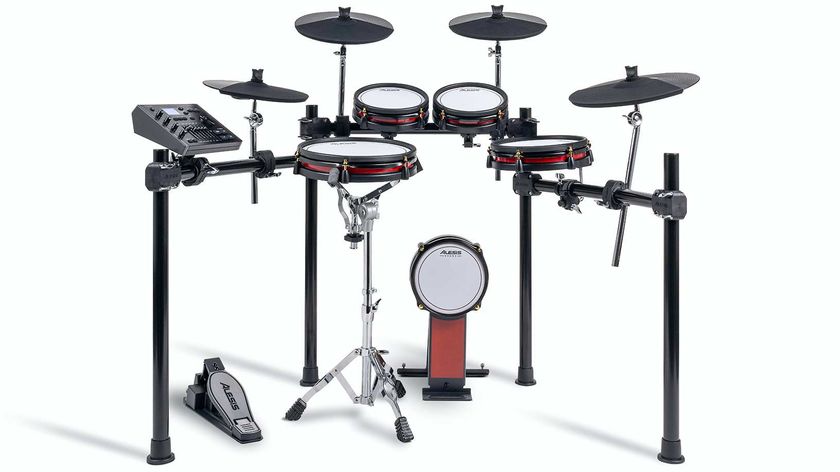
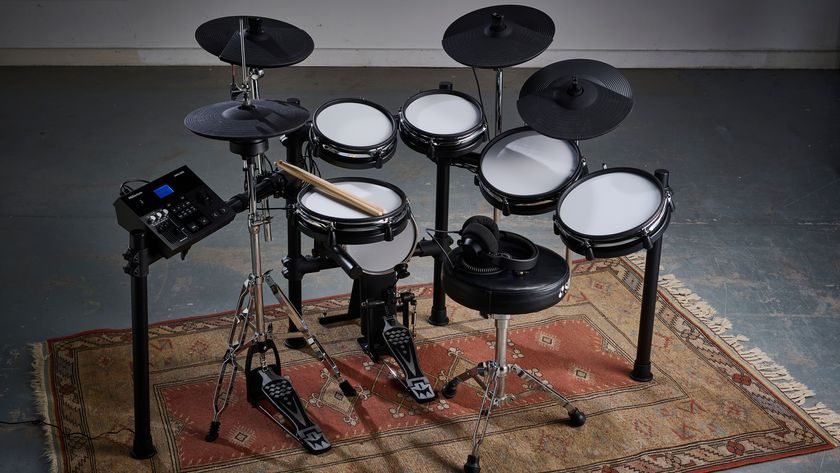

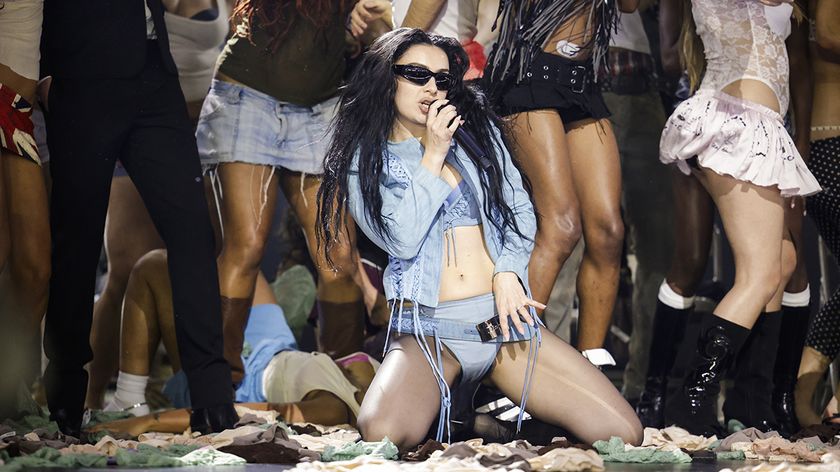
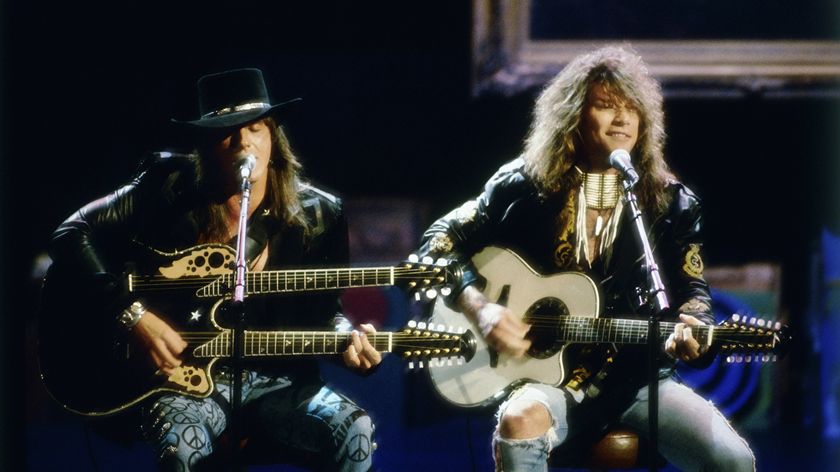
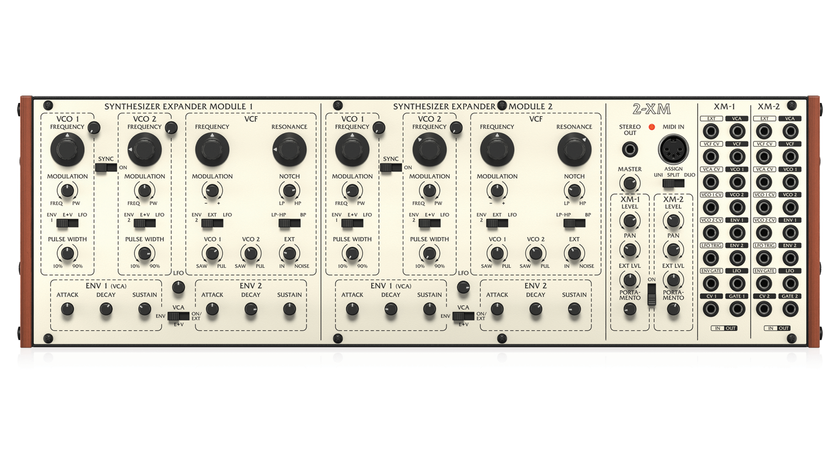
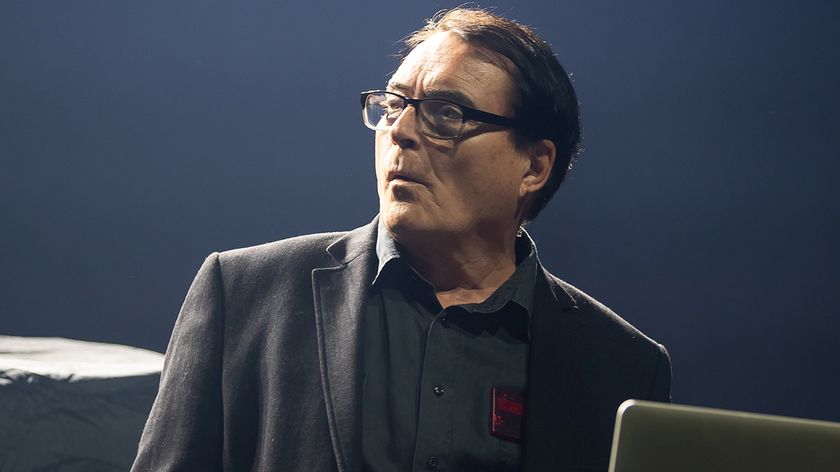
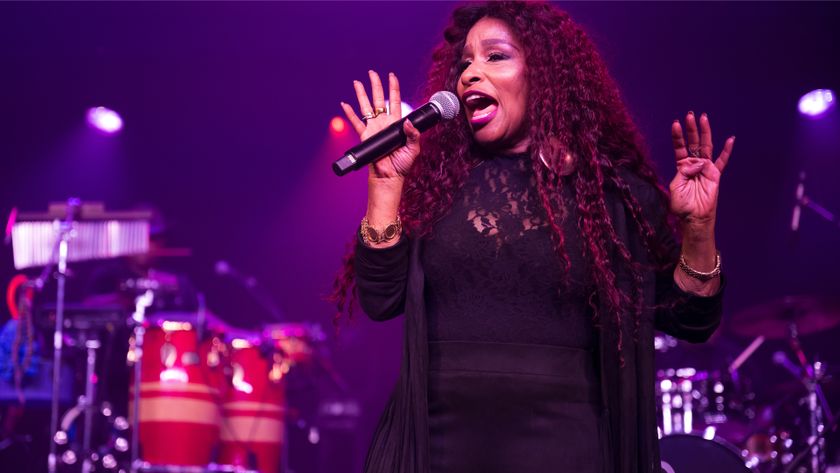
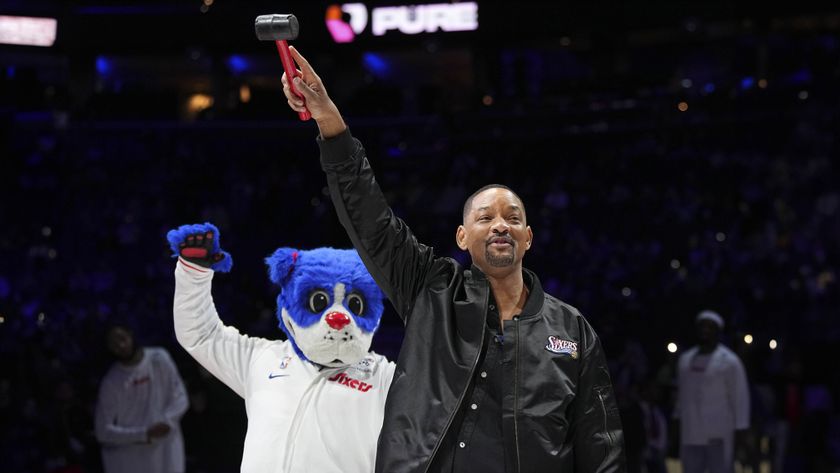


![Chris Hayes [left] wears a purple checked shirt and plays his 1957 Stratocaster in the studio; Michael J. Fox tears it up onstage as Marty McFly in the 1985 blockbuster Back To The Future.](https://cdn.mos.cms.futurecdn.net/nWZUSbFAwA6EqQdruLmXXh-840-80.jpg)